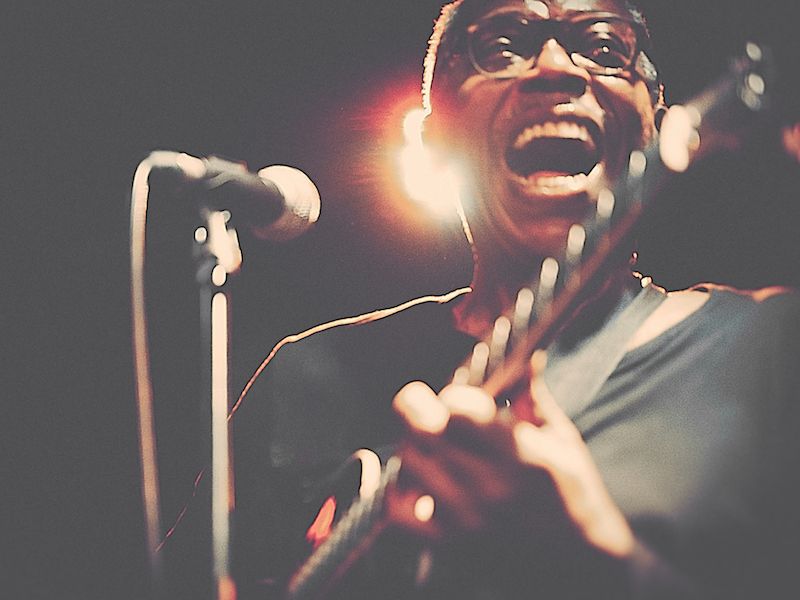
When your favorite song comes on the radio, do you find yourself cranking the volume up? Many people do that. There’s something visceral about pumping up the jam. And it’s fun. But there’s one thing you should understand: it can also result in some significant damage.
In the past we weren’t familiar with the relationship between music and hearing loss. That has a lot to do with volume (both when it comes to sound intensity and the number of listening sessions in a day). And many musicians are rethinking how they approach managing the volume of their music.
Musicians And Hearing Loss
It’s a pretty famous irony that, when he got older, classical composer Ludwig van Beethoven was hard of hearing. He couldn’t hear any of the music he composed (except in his head). There’s even one narrative about how the composer was conducting one of his symphonies and had to be turned around when his performance was finished because he was unable to hear the thundering applause of the crowd.
Beethoven is definitely not the only example of hearing problems in musicians. In fact, a far more recent generation of rock musicians, all known for cranking their speakers (and performances) up to 11–have begun to go public with their own hearing loss experiences.
From Eric Clapton to Neil Diamond to will.i.am, the stories all seem remarkably similar. Musicians spend a large amount of time dealing with crowd noise and loud speakers. Noticeable damage including tinnitus and hearing loss will ultimately be the result.
Not a Musician? Still a Problem
Being someone who isn’t a rock star (at least when it comes to the profession, everyone knows you’re a rock star in terms of personality), you might have a difficult time relating this to your personal worries. You’re not playing for large crowds. And you’re not standing near a wall of amplifiers.
But your favorite playlist and a pair of earbuds are things you do have. And there’s the problem. Thanks to the modern capabilities of earbuds, nearly everyone can experience life like a musician, inundated by sound and music that are way too loud.
This one little thing can now become a serious issue.
So When You’re Listening to Music, How Can You Safeguard Your Hearing?
So, first we need to admit there’s an issue (that’s kind of always the first step, but it’s particularly true in this case). People are putting their hearing in danger and need to be made aware of it (particularly more impressionable, younger people). But there are other (further) steps you can also take:
- Keep your volume in check: Some modern smartphones will alert you when you’re exceeding healthy limits on volume. You should listen to these safety measures if you value your long-term hearing.
- Use ear protection: When you go to a rock concert (or any type of musical event or show), use hearing protection. Your experience won’t be diminished by using ear protection. But they will safeguard your ears from the most harmful of the injury. (By the way, wearing earplugs is what most of your favorite musicians are currently doing to safeguard their hearing, so even the cool kids are doing it).
- Get a volume-monitoring app: You are probably not aware of the actual volume of a live concert. It can be helpful to get one of several free apps that will provide you with a volume measurement of the space you’re in. As a result, when harmful levels are reached you will be aware of it.
Limit Exposure
In many ways, the math here is quite straight forward: the more often you put your ears at an increased risk, the more extensive your hearing loss could be later in life. Eric Clapton, for example, has completely lost his hearing. He likely wishes he begun wearing earplugs a lot sooner.
The best way to lessen your damage, then, is to reduce your exposure. For musicians (and for people who happen to work at music venues), that can be a challenge. Ear protection could supply part of an answer there.
But turning the volume down to sensible levels is also a good idea.
